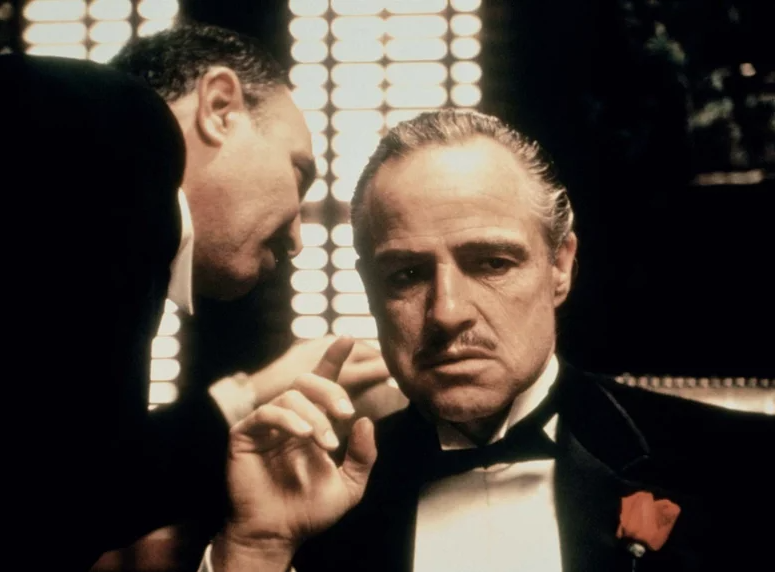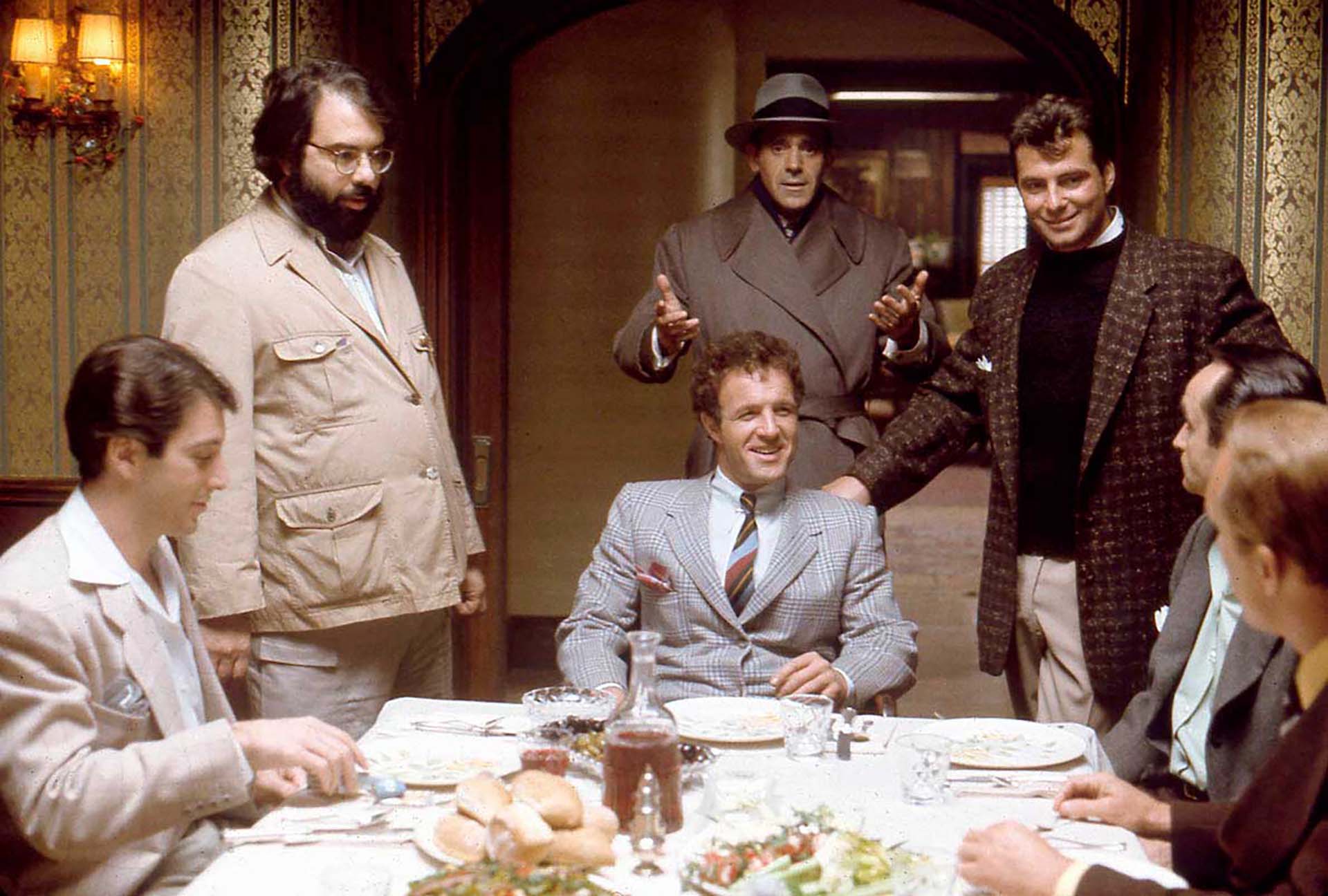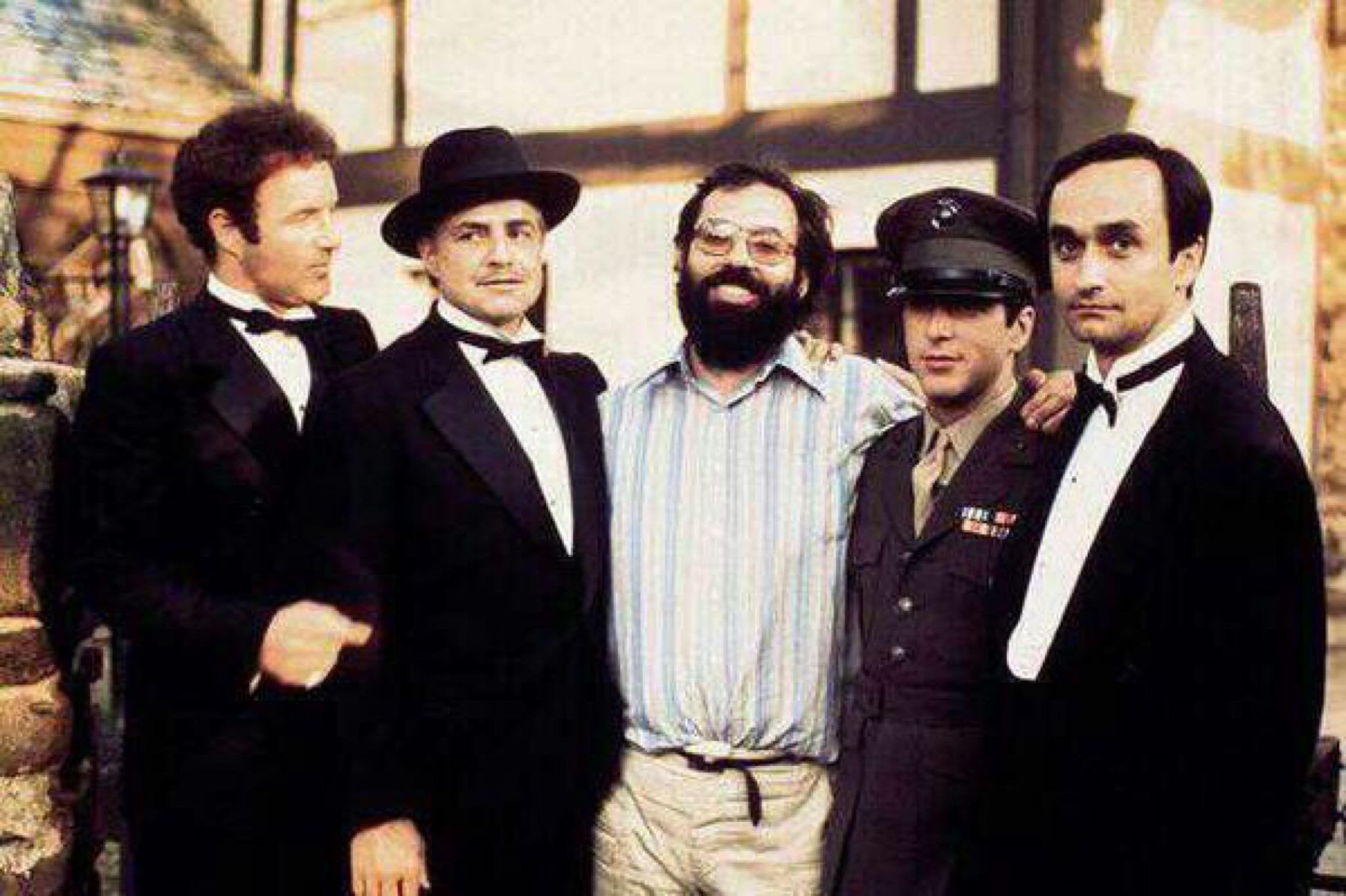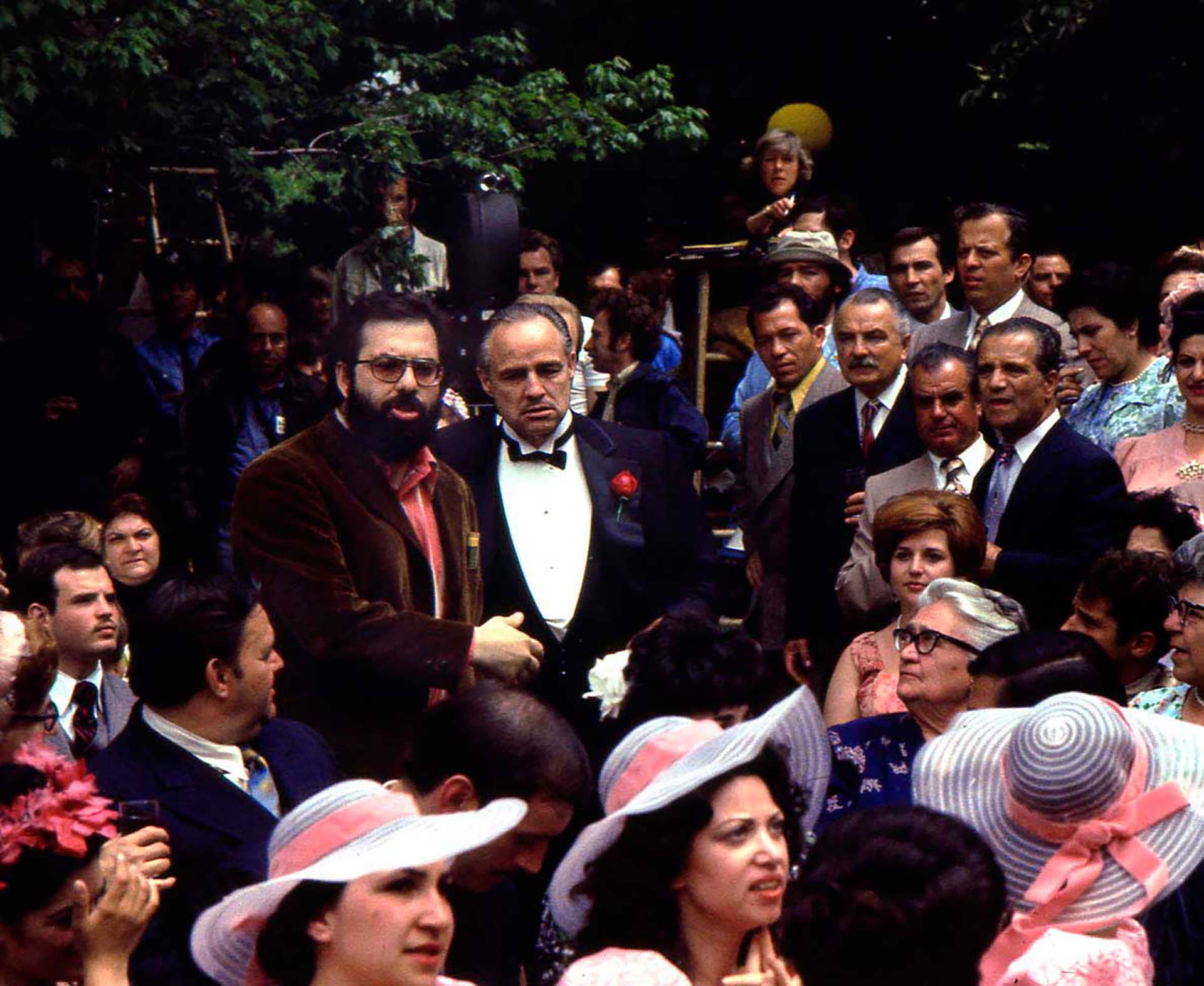:quality(85)/cloudfront-us-east-1.images.arcpublishing.com/infobae/W562CDBOSBCGTJ6IFHYXYTIKRQ.png 420w)
He imagined becoming Angelo Maggio in the novel From Here to Eternity, by James Jones. He thought that this role, which was not even a protagonist, could bring his career back on track. He was not at his best: at the beginning of the fifties, his fame was crumbling. Thousands of female fans were no longer chasing him or shouting at him. He had already lost his charm, his controversial marriage to Ava Gardner and his public scandals did not clean his image, his voice was obscured by a hemorrhage in the vocal cords.
It wasn't about the song. It was about the movies. Frank Sinatra understood that he could channel his career after reading a film script and getting excited about Maggio's performance. But the film's producer objects: Harry Cohn was a very powerful man in Hollywood and that film was his main project of the year. I aspired, as is rarely the case in cinema, to simultaneously achieve success at the box office and the prestige of the good critics.
Burt Lancaster, Montgomery Clift and Deborah Kerr would be the main actors. For the role of Maggio, the producer wanted the prestigious Eli Wallach. But Sinatra finally got her wish. One of the versions about the motivations that led Cohn to give him the role suggests the power of female persuasion: Ava Gardner appealed to the good heart of Joan Cohn, Harry's wife, for Frank to be admitted. But the version that has the most strength, and which toured the studios of the time, inferred that Cohn agreed to have Sinatra in his film after a convincing talk that a mafia boss had with him.

That episode, imaginary or not, inspired one of the most famous scenes in the history of cinema. In The Godfather, singer Johnny Fontane is Don Corleone's godson. After singing at Connie Corleone's wedding (an episode inspired by Tony Bennett's performance in the marriage of a daughter of a capomafia), Fontane, the defeated crooner, tells the Godfather his dilemma: he needs the role in a film to make his career resurface but powerful producer Jack Woltz denies it. The character played by Brando, seeing him tear, slaps him and demands that he behave like a man. But he sets out to get the job for his godson.
Then Tom Hagen (Robert Duvall), Don Corleone's legal advisor and adopted son, appears in Jack Woltz's stable. They chat nicely, with laughter. Woltz shows Khartoum his great pride: a splendid thoroughbred whom he caresses with devotion. “Six hundred thousand dollars on all fours,” Woltz tells Hagen to sum up the value of the horse.
Afterwards, both have dinner in Woltz's lavish mansion, at which time Hagen asks him for Johnny Fontane on behalf of Vito Corleone. Woltz refuses to give him the role, gets up from the table and starts screaming unhappily.
Exalted, he claims that Fontane ruined an actress who was his best prospect, in which he had invested thousands of dollars and who he was going to turn into a star. But since I had dated the singer everything fell apart. At the end of the exalted tirade, Hagen, with his characteristic poker face, wipes his mouth with his napkin, thanks for dinner and asks for a car to go to the airport: “Don Corleone likes to find out things quickly,” he says.

The following is our scene. A film prodigy.
A general plan shows us the exterior of the imposing mansion. A cut introduces us to Woltz's room. It's already dawn. He sleeps in his bed. As the camera approaches we see the luxury that surrounds it. Works of art, tapestries, sculptures, antique furniture, the back of the bed plated in gold. Even an Oscar rests on the light table. Woltz lies on his side, turning his back. Wake up little by little. He's moving slowly. While turning a small stain on the silk sheets it alerts us. A trail of blood, diffuse and faint. A fact that for now only we, the spectators, know. Nino Rota's music with the film's famous leitmotif turns into an atonal nightmare as Woltz wakes up and the plane runs through his body. He uncovers and we see his bloody hand. Everything happens quickly but with great accuracy. The suspense of the scene and that camera that descends showing more and more blood reminds Hitchcock. The satin pajamas were dyed red, at the feet of the producer a pool of blood slips down the sheets.
A shot of a horror movie. You don't understand what's going on. Neither the viewer nor the newly awake producer understands where all that blood comes from. As Woltz is uncovered, the landscape is increasingly bloody. Until one last move reveals the origin of horror. At the foot of the bed lies the head of Khartoum, the producer's horse. Upon discovering it, Woltz begins to give desperate screams. The camera returns to the beginning of the sequence, to the general shot of the exterior of the mansion while Woltz's lacerating cries continue to be heard in the background.
The story of Johnny Fontane is a subplot in the film. A very minor subplot, but this episode of the horse serves to show forcefully the power, impunity and the absence of boundaries of the Godfather. Woltz's bloody awakening with the horse's head at his feet, under the covers, without giving any further explanations - as a kind of Deus ex machina - shows us all that Corleone is capable of. And, of course, Tom Hagen, who was the one who told him about the situation, also discovered the producer's weak point and who - we assume - started the operation. How did they breach the security of the Woltz fortress? How did they kill the horse? How did they put their head inside the bed without waking him up? They drugged him to achieve his goal? Or were they so stealthy as to keep Woltz sleeping? Those answers matter little. What matters is that we know the power of action and the vile of which the Godfather is capable of to achieve his goals, even a lesser one like this one. We also know that Fontane finally got the part.

The art department had a horse head made out of props. Coppola threw it out as soon as he saw it. It wasn't convincing enough. It occurred to someone that they could go look for one of an animal slaughtered in a dog food factory. The casting, one of the undeniable virtues of The Godfather: even the head of Khartoum slaughtered is well chosen.
The team, between take and take, ran to lift their heads from the sheets and put it between the ice so that it would not break down and remain unchanged as the hours passed.
Before becoming Francis Ford Coppola's film trilogy, The Godfather was a very successful novel by Mario Puzo. Its first edition was published in 1969. For more than a year it remained at the top of the list of best sellers. Puzo had given Johnny Fontane greater prominence in his novel. His story was more developed. Readers had no doubt that this character, that successful singer who suffers a dramatic fall and who resurfaces with a film that gives him an Oscar, is inspired by Frank Sinatra. So did Sinatra think.

In 1971, Mario Puzo moved to Hollywood to work on the film adaptation of his best seller. One of those nights, a millionaire invited him to dinner at Hollywood's most exclusive restaurant, Chasen's.
The millionaire hurried to get up to greet him and made the mistake of his life. He introduced him to the writer. “This is Mario Puzo,” he said. Sinatra didn't lift his face from his plate and told him he wasn't interested in greeting him.
The millionaire began to apologize, but Sinatra's calm was short-lived. Without looking at Puzo, he asked if the publishers had forced him to incorporate the character of the crooner into the novel. But he didn't wait for an answer. He got up and shouted began to rebuke Puzo. The scene lasted a long time until Puzo, embarrassed, withdrew from the scene. As the writer went out (escaped), Sinatra, so that the humiliation would be greater, shouted to him: “The only thing missing are you going to faint too?”
Frank Sinatra's relationship with the mafia seems, at this point, undeniable. After his initial success, the singer wanted to leave the Tommy Dorsey orchestra. A mobster, Willie Moretti, offered the conductor of the orchestra USD 10,000 to break the contract. Dorsey refused.
Soon after, he himself signed the termination for only one symbolic dollar. Legend assumes that while Dorsey held the pen between his fingers, Moretti's gun was resting on his temple. Although the scene of the head of the horse seems to be pure invention of Puzo, the rest has a strong foundation in reality.
It has already been said that Fontane has little participation in the film. His character was blurred in the adaptation of the novel to the cinema. That could have happened because his story didn't have much relevance. Or by some chance crossing in the streets of Los Angeles.
Coppola, in the extras of the special edition of the DVD, gives a clue about the reasons. “One afternoon I met Frank Sinatra in an exclusive bar in Hollywood. He put his arms on my shoulders, brought his face closer to mine and with a smile and a firm voice he asked me not to have too much prominence in the film.” And, it is known, were times when it was difficult not to fulfill the wishes of La Voz.
KEEP READING:
